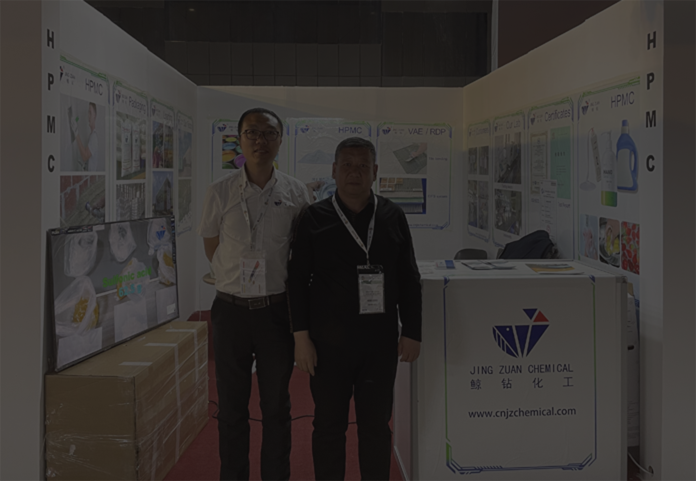
Nov . 09, 2024 17:53 Back to list
Applications and Benefits of Hydroxypropyl Methylcellulose in Various Industries
Hydroxypropyl Methylcellulose An Essential Polymer in Modern Applications
Hydroxypropyl methylcellulose (HPMC) is a versatile, non-ionic cellulose derivative widely used in various industries, including food, pharmaceuticals, construction, and personal care. Its unique properties, such as solubility, viscosity, and film-forming abilities, make it an essential ingredient in numerous formulations. Understanding HPMC's characteristics and applications can help highlight its significance in modern materials science and technology.
Hydroxypropyl Methylcellulose An Essential Polymer in Modern Applications
In the food industry, HPMC serves multiple roles. It is often used as a thickening agent, stabilizer, and emulsifier in various food products, including sauces, dressings, and baked goods. One of the most notable applications is in gluten-free baking, where HPMC helps improve the texture and moisture retention of gluten-free breads and pastries. Its ability to form a gel-like structure aids in mimicking the elasticity and chewiness typically associated with gluten, thus enhancing the sensory experience of gluten-free products.
hydroxypropyl methylcellulose

In pharmaceuticals, HPMC plays a critical role as a binding agent, film coating agent, and controlled-release additive. It is commonly used in tablet formulations to enhance tablet integrity and facilitate controlled drug release, allowing for prolonged therapeutic effects. Additionally, HPMC's biocompatibility makes it suitable for a range of medical applications. It is employed in eye drops, as it helps retain moisture and provides lubrication, thus improving patient comfort.
The construction industry also benefits from the use of HPMC. Known for its water-retention properties, it is used as an additive in cement-based products such as mortars, plasters, and tiles. HPMC helps improve the workability and adhesion of these materials, offering better performance and durability. Moreover, its ability to control the rheological properties of the mixture allows for easier application and leveling, contributing to enhanced construction efficiency.
Personal care products, including cosmetics and skin care formulations, often incorporate HPMC for its thickening and binding properties. It acts as a stabilizer in emulsions and contributes to the overall texture and feel of lotions, creams, and gels. As consumers increasingly seek products with clean and sustainable ingredients, HPMC stands out as a biodegradable and eco-friendly option, aligning with the growing demand for natural formulations.
In conclusion, hydroxypropyl methylcellulose (HPMC) is a multifunctional polymer that plays a crucial role across various industries. Its adaptability, coupled with its unique physical and chemical properties, enables it to enhance the performance of countless products – from food and pharmaceuticals to construction materials and personal care items. As research and innovation continue to evolve, the potential applications of HPMC are likely to expand, making it an indispensable component in modern formulations and processes. The ongoing exploration of HPMC's capabilities not only underscores its significance but also highlights the importance of cellulose derivatives in advancing sustainable and efficient solutions across multiple sectors.
-
Versatile Hpmc Uses in Different Industries
NewsJun.19,2025
-
Redispersible Powder's Role in Enhancing Durability of Construction Products
NewsJun.19,2025
-
Hydroxyethyl Cellulose Applications Driving Green Industrial Processes
NewsJun.19,2025
-
Exploring Different Redispersible Polymer Powder
NewsJun.19,2025
-
Choosing the Right Mortar Bonding Agent
NewsJun.19,2025
-
Applications and Significance of China Hpmc in Modern Industries
NewsJun.19,2025







